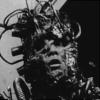
By Jonathan Wojcik
ENTRY 04: TETSUO THE IRON MAN
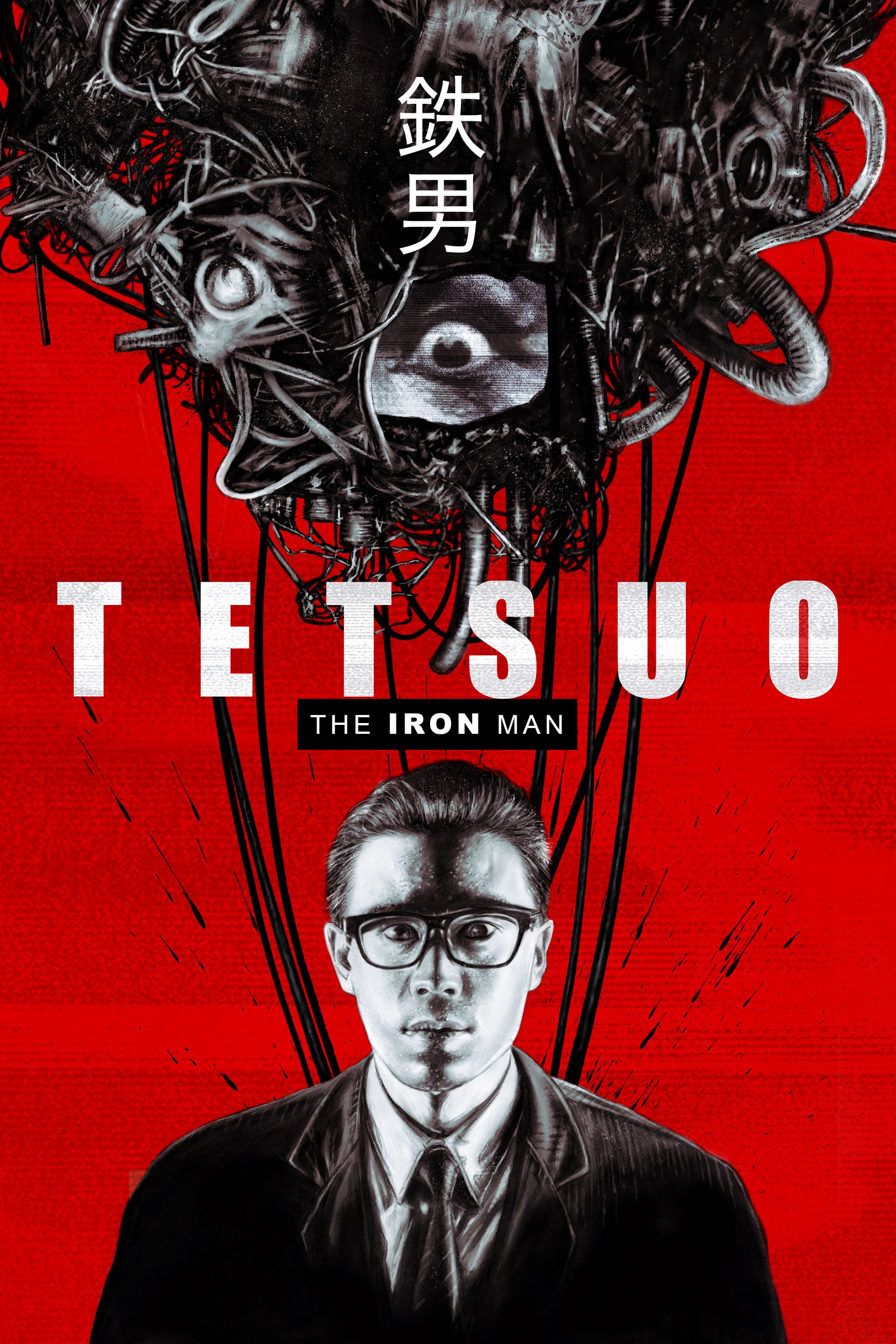
Written and directed by Shinya Tsukamoto in 1989,
Tetsuo is by design not the easiest watch; black and white in almost blinding contrast, with minimal dialog and droning, screeching audio, its progression of grotesque events can be difficult for some to even parse.
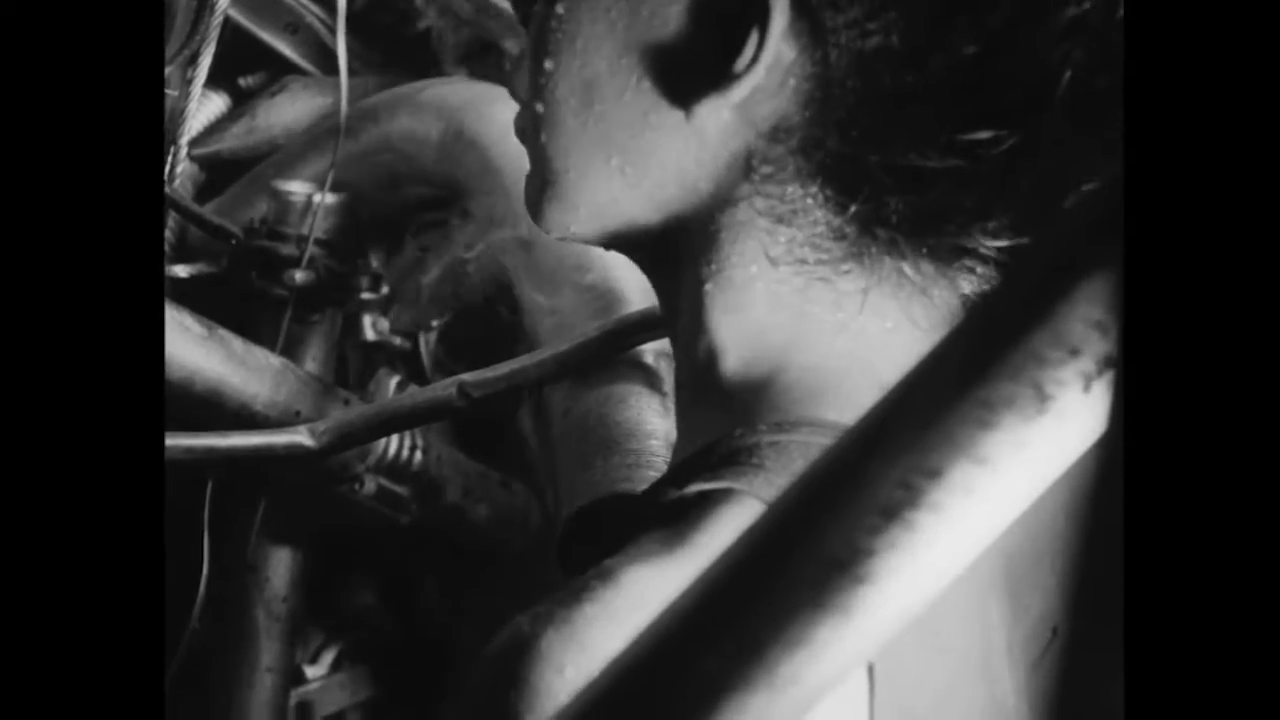
Tetsuo begins with a character known essentially as "the guy" in the original Japanese and "The Metal Fetishist" (Shinya Tsukamoto) in the English release, who is first seen graphically inserting a metal rod into his own leg. Later, he unwraps the wound to find it infested with maggots and runs screaming into the street - where he's promptly struck by a car.
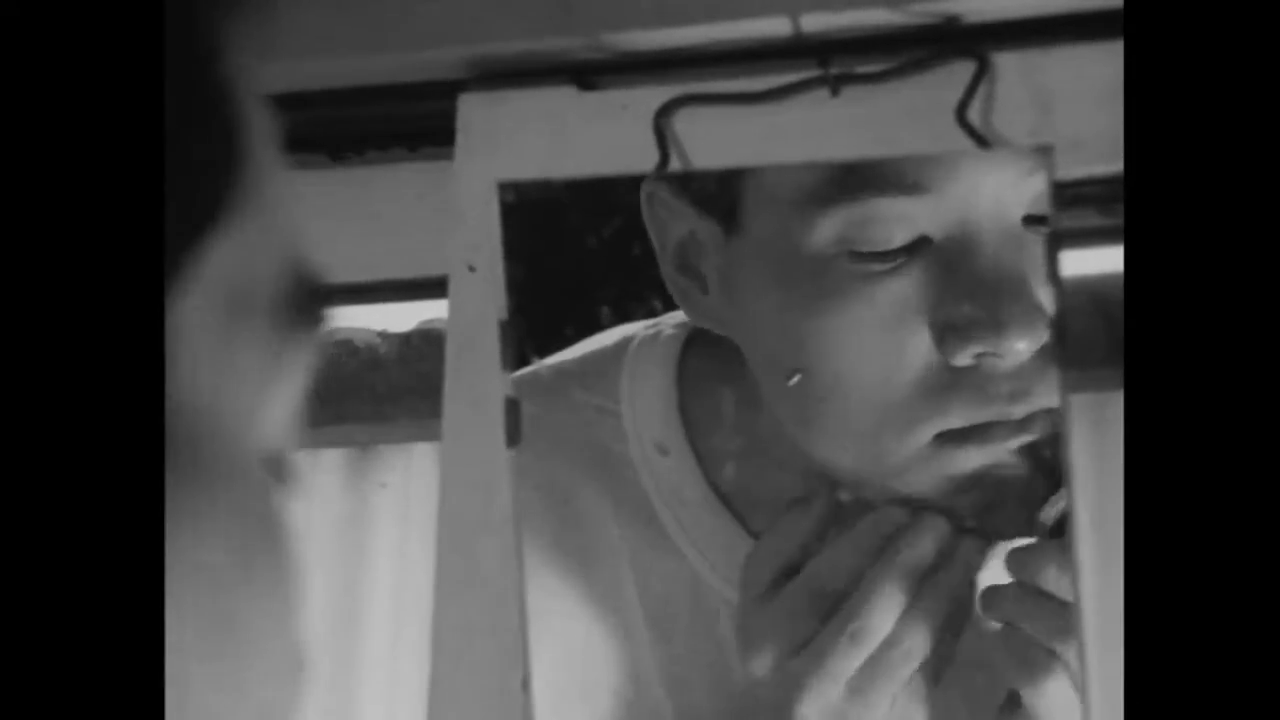
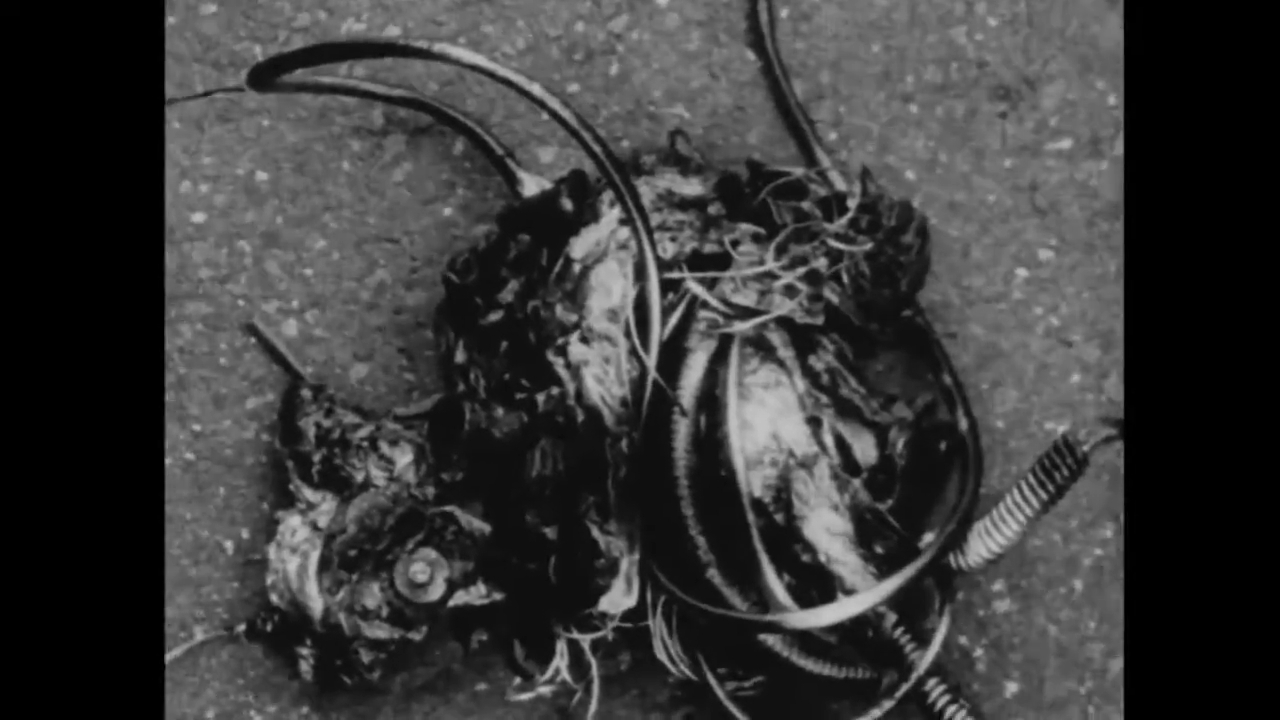
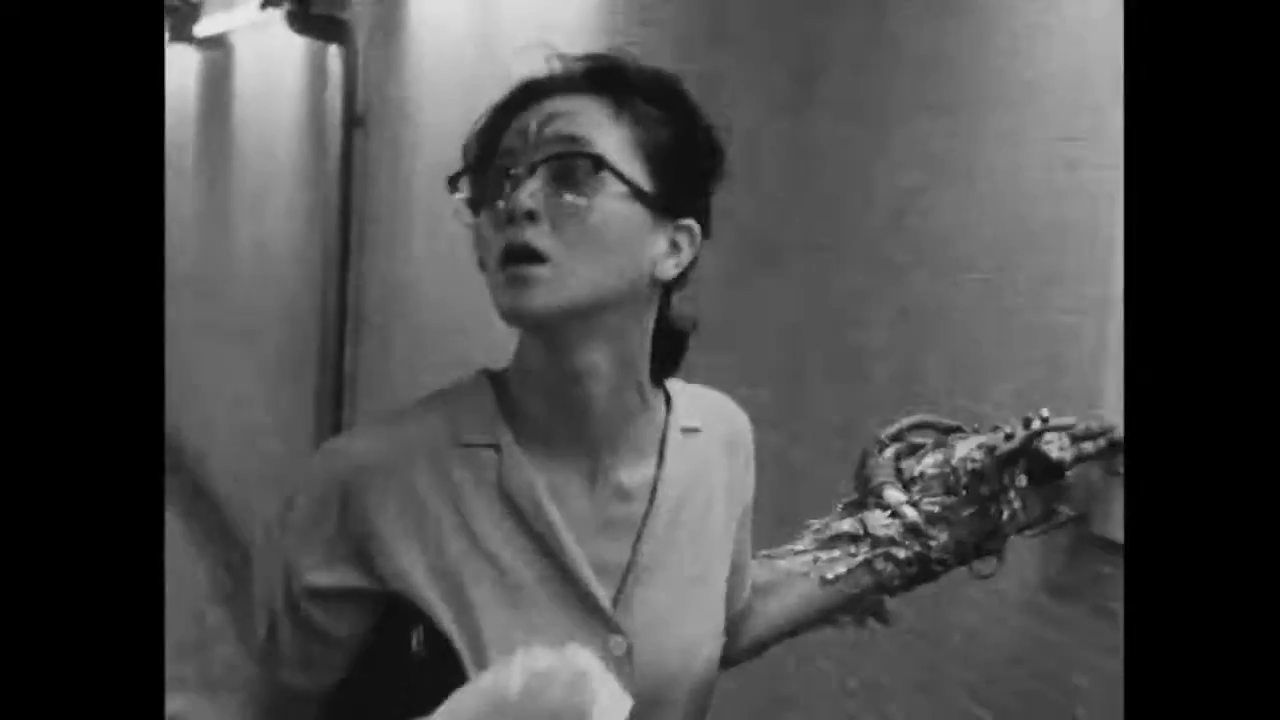
We then switch to our other major character, The Salaryman or simply "Man" (Tomorowo Taguchi) who notices a tiny metal spur growing out of his cheek, and it bursts into a spray of blood when he tries to pull it out. Horribly unpleasant, but only the beginning of his problems. While he rides to work on public transportation, a tumorous metallic mass somehow manifests on the floor of the subway car and fuses to the arm of another passenger. Seemingly possessed by the Metal Fetishist, the woman pursues the Salaryman until he's forced to fight back and kill her, transforming his arm into a mass of metal in the process.
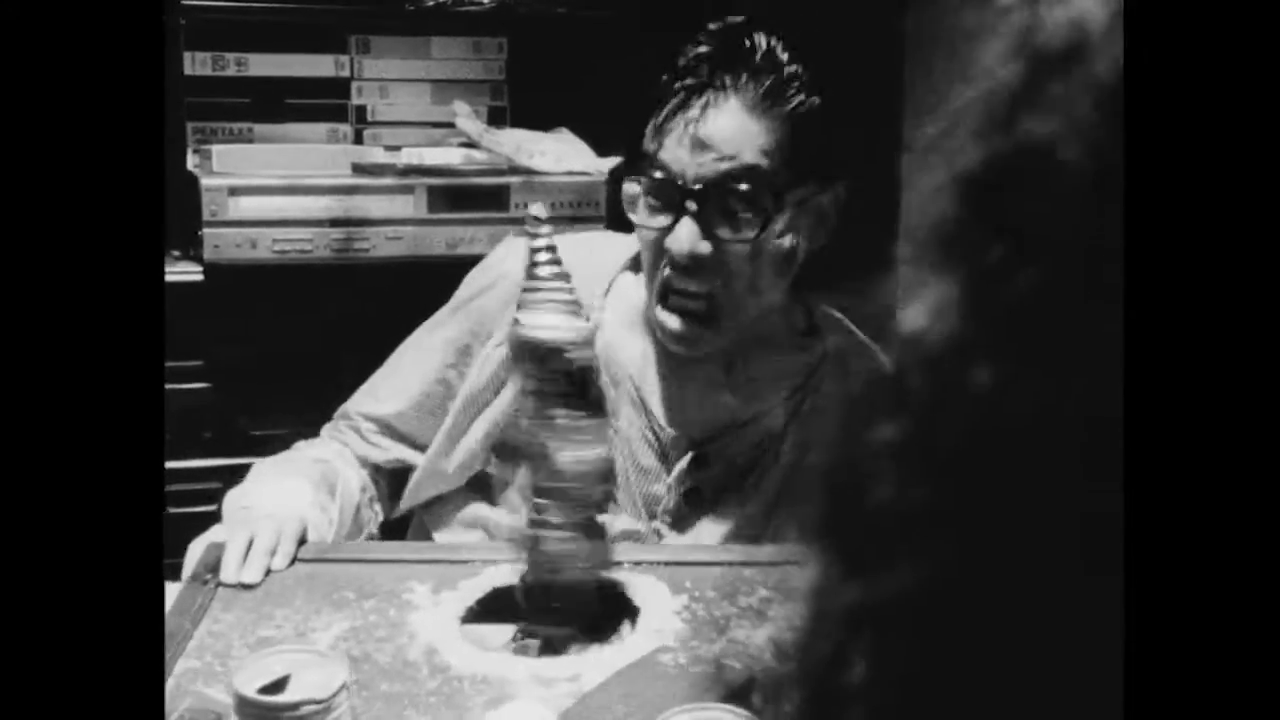
Things grow rapidly worse from there; the man begins to perceive organic sounds, such as eating, as metallic sounds that uncontrollably arouse him. He has bizarre, sexual dreams about his own girlfriend with a giant, prehensile metal phallus. In the real world, his own schlongus transforms into an uncontrollable drilling contraption, and his girlfriend eventually kills herself on it.
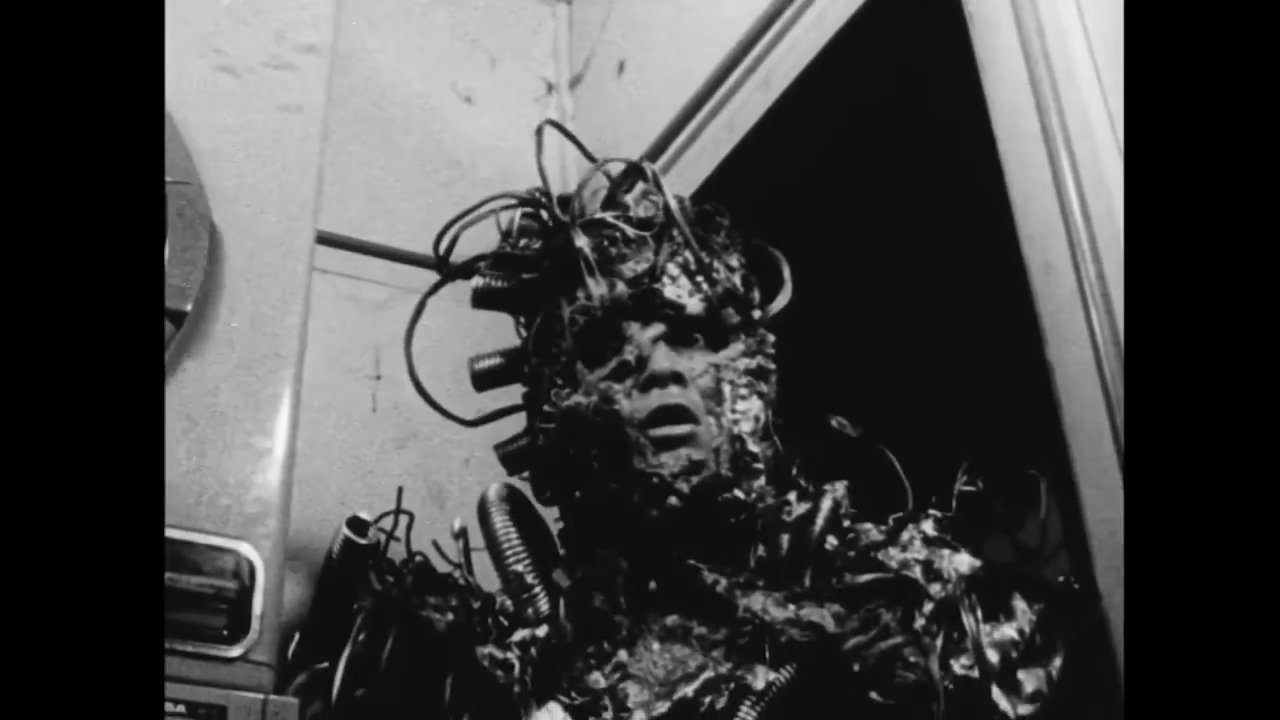
Metallic matter continues to take over the man's body and even his home, transforming both into a convoluted mass of metallic garbage. The harsh monochrome of the film really benefits these scenes, as it's truly impossible to tell the greys of "metal" apart from the greys of anything else.
The man receives a threatening phone call from the Metal Fetishist, who reveals to the likely unsurprised audience that it was the man and his girlfriend who ran him over with their car. Together they had dragged his still-conscious body to the woods to cover up their deed, and the two freaks were so excited by the situation that they made love in front of their near-dead victim.
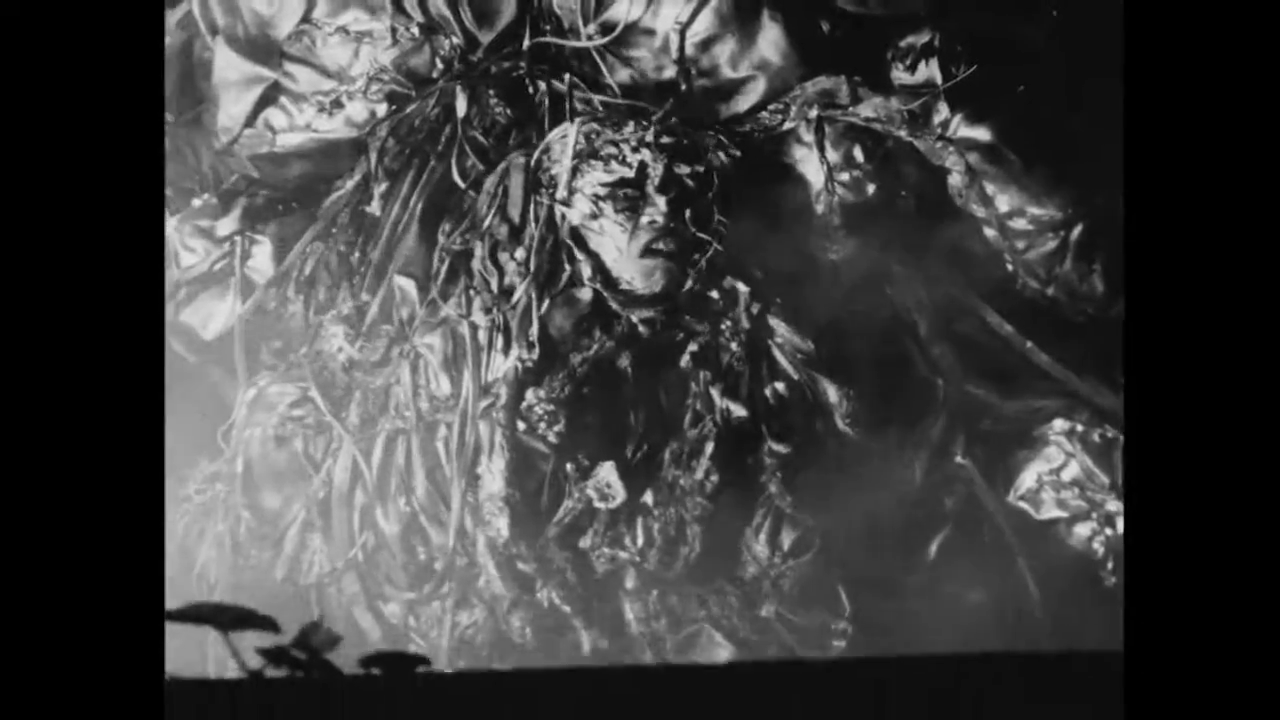
Our male leads meet in person once the fetishist physically manifests from the remains of the girlfriend, and they engage in combat with their ever-changing cybernetic weaponry. The fetishist has seemingly developed a crazed obsession with the man, a twisted mix of love, hate and, well, fetishism, further driven by the man's more extreme transformation progress. The man even becomes a full fledged humanoid junk-monster at one point, but continues expanding into a more helpless, chaotically amorphous mass.
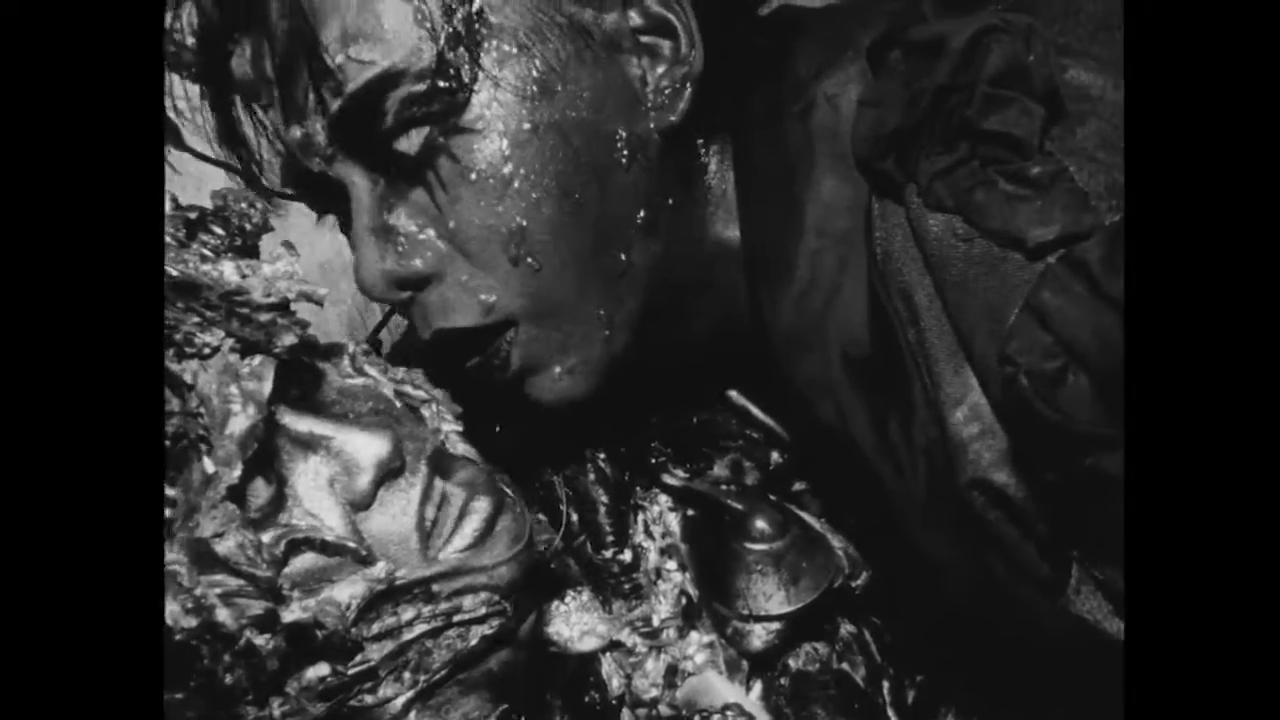
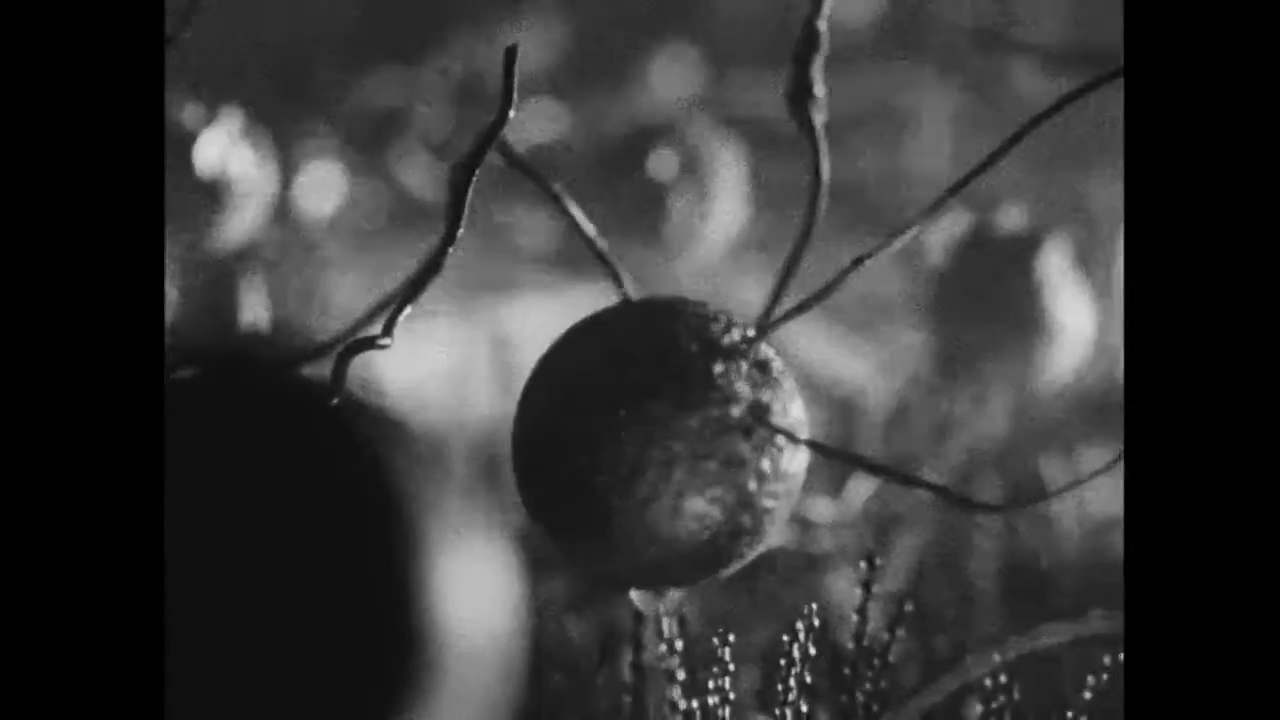
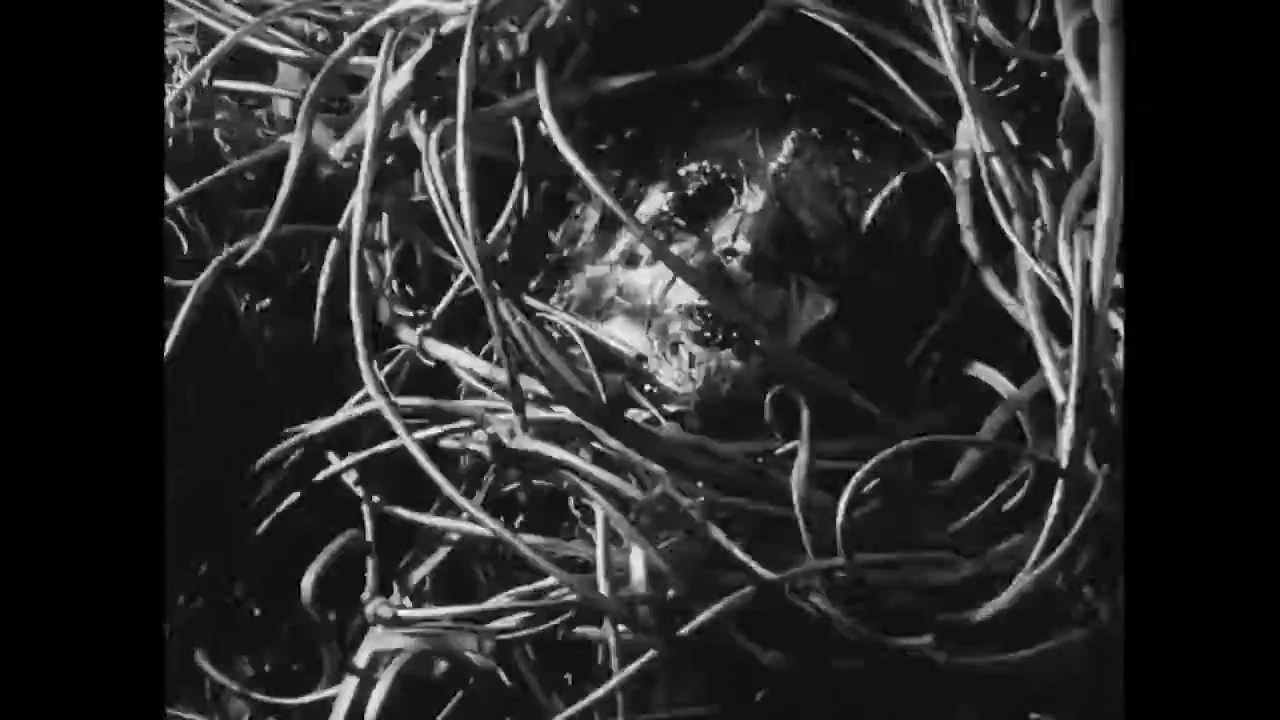
The fetishist boasts that metal is the future of our entire world, and shares a surreal vision of an Earth covered in fungus-like metallic growths. It appears devoid of recognizable life, until we see a human being transformed into a screaming, tortured metallic form, repeatedly torn apart and reconstituted in a squirming mass of wire.
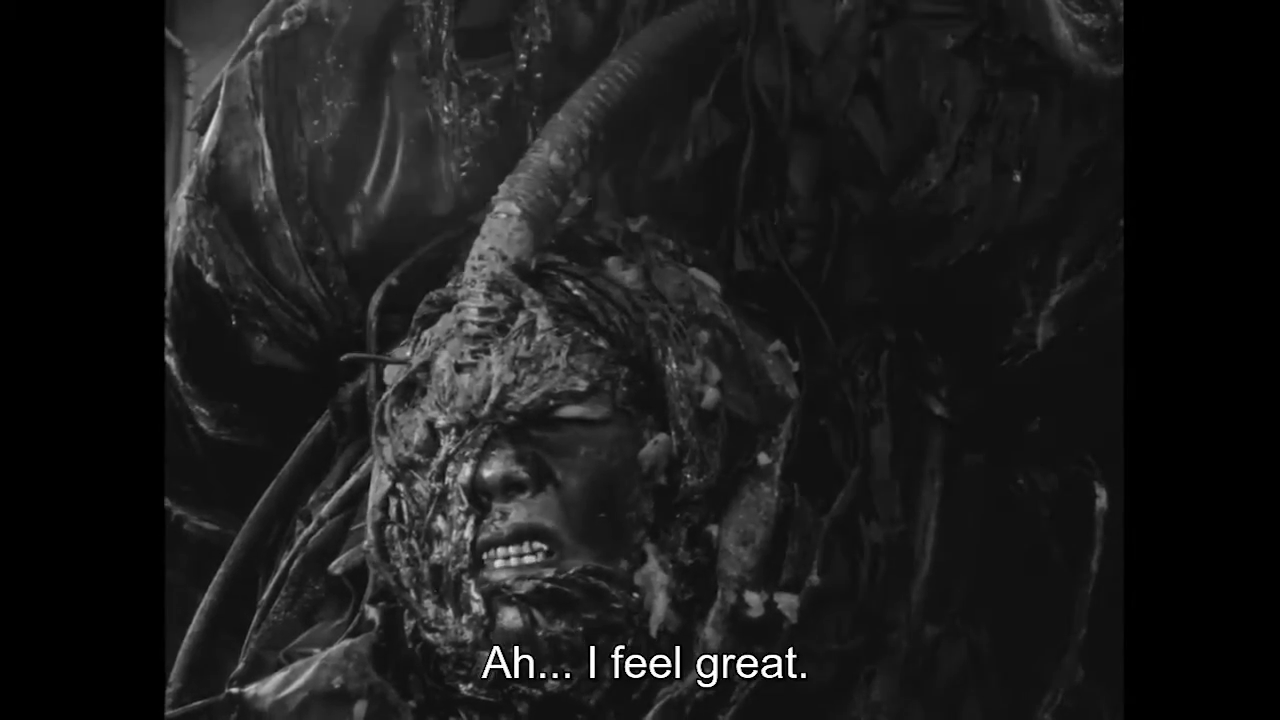
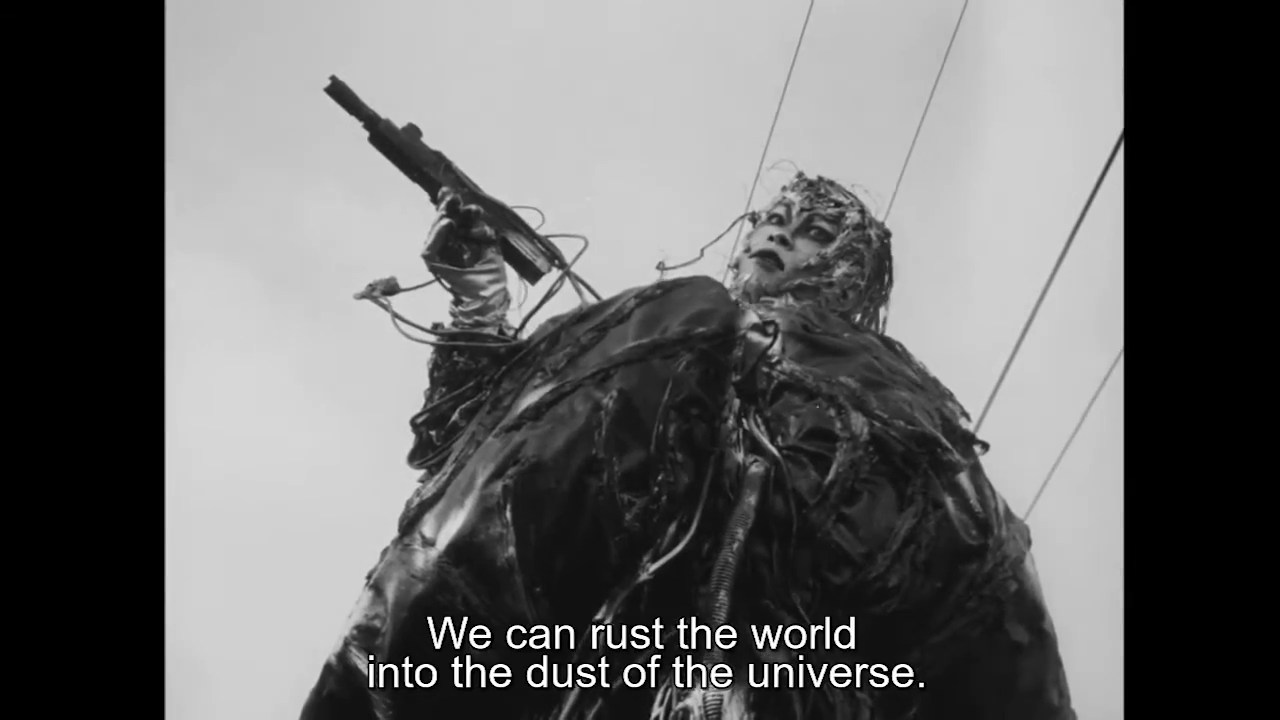
The two battle one another once more, but neither emerges victorious over the other; instead, they merge together into a single horrific mass that happens to be shaped exactly like a gigantic penis. The fetishist, protruding from the top with a rifle in his only remaining arm, brags that their "love" will destroy the whole world when they convert it all to metal and allow it to rust away. The man, little more than a face melted into the junk-metal nutsack and having possibly lost much of his mind, seems to be cool with this idea, and the movie ends as the giant doodler begins to skate through the city by the power of what I'm pleased to report is rocket propulsion.
MONSTER ANALYSIS: THE METAL FETISHIST
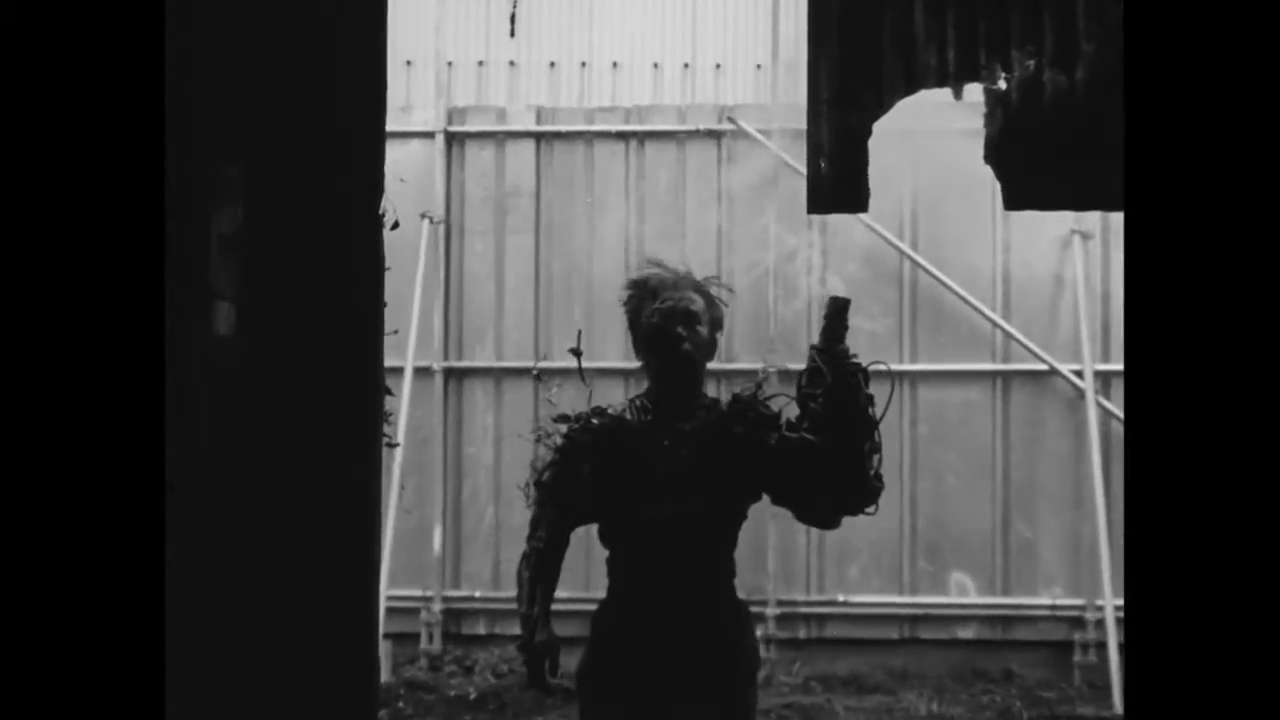
Actually only called something akin to "guy" in the original Japanese, the fetishist seems to be no more than a mortal human weirdo until after the accident, after which he transcends death and takes on anomalous properties thanks to some combination of his twisted lust for metal and twisted lust for vengeance. Not a ghostly or "undead" figure in the mystical sense, but a sort of reality-warping psychic revenant, if you will. The morphing, infectious metal that transforms the subway woman, the man, and at one point the man's cats is evidently a direct extension of this new entity, and it's
possible that he has reconstructed himself from this matter even as his original body continues to rot in the woods.
It's interesting to me that metal itself is made so "disgusting" in this film. We don't think of it as something that can be grotesque or unsanitary, but Tetsuo manages to make hunks of steel look as sickeningly organic as any decomposing viscera, with pulsating cysts of aluminum foil, churning entrails of tangled cable and oozing eruptions of solder. It's a corruption of the mechanical into something biological, convenient tools and appliances impossibly growing and mutating like a cancer. Controllable order into uncontrollable chaos.
It's dark enough just at face value, but most reviews and analyses agree that
Tetsuo is also heavily symbolic of repressed sexuality...if you can even
call it merely "symbolic." I'd say it's pretty up-front about it by the time the two leads have become a giant dick together, surely? It's a staple allegory of horror and especially the body horror subgenre, the idea of uncontrollably becoming something unacceptable in the eyes of others. Considering that this was filmed the same decade that gay males were first enduring misplaced blame for the existence and global spread of HIV, it's easy to understand the bitterness of its climax; that two men have become something "monstrous" together, and intend to violently reshape the world in their image as an act of pure defiance.
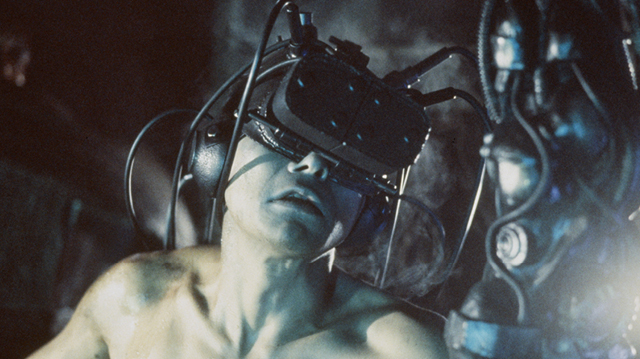
Despite its abstract, allegorical nature, Tetsuo would still receive a couple of sequels that expand upon its surface sci-fi elements; 1992's
Body Hammer and 2009's
Bullet Man flesh out a continuity that leans more "grimdark mutant superhero" than horror, with metal transformation as a controllable power and even a mad scientist. I've yet to see either of these, but as they're both by the same director as the original, I can respect that he liked these ideas enough to tell more than one kind of story with them.
NAVIGATION:



